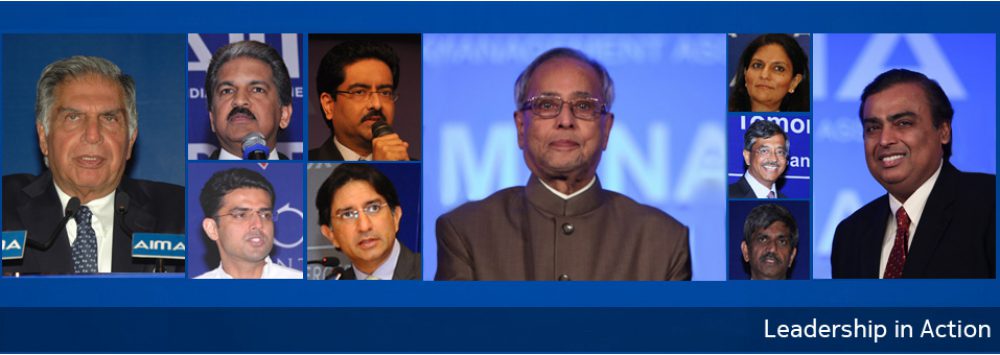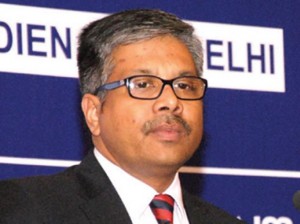The concept of competitive advantage is slightly outvoted concept today. What it means today and what it meant in 90’s is vastly different. In this age of dramatic & disruptive technology how can we manage the product life cycle is the main question. I have been fortunate to be associated with brands which have managed it successfully. I have been fortunate to be a part of the journey of brands like Coke, Whirlpool & Times of India which are more that 100 yr old brands .According to me, the concept of product life cycle is dead. I think more and more people are trying to manage the brand life cycle as oppose to the product life cycle today. Because products that constitute the brand can come & go but the brand value will stay forever.
Product life cycle is an inverse s shaped curve, where you would start slow and then there’s rapid growth and then you start slowing down and at the end it would decline. Let’s take an example of Colgate dental cream. It is probably a 65 – 70 year old brand and yet it continues to be the leader primarily in same form & fashion. It is a very successful brand & product. I would however argue that the reason why Colgate dental cream is so successful is because the company has managed to figure out that there is a core set of consumers & there is a peripheral set of consumers & Colgate has been successful in focusing on both these categories by launching different products under same mother brand of Colgate, for e.g.: Colgate total, Colgate sensitive & Colgate whitening.
Today, the marketers have to learn to give up control. The concept of brand management 25 – 30 years back was defined as controlling the brand which involved controlling the product, the packaging, the distribution & most importantly the brand communication. Now as a marketer you have to give up control & that control is being taken up by the consumers. Digital & social media has enabled the consumers and given them a voice.10 -20 years back, there was a process to handle consumer issues through letters & mails but now consumers are in direct touch with the companies. What digital media has allowed us is that now consumers can broadcast their issues to millions of people. If Consumer’s voice is now strong enough today then million other consumers will start echoing that voice. Digital media has created a sense of empowerment among consumers. The other thing that it has done is that it has taken away a lot of credibility from traditional means of communication & traditional advertising. So, a lot of consumers now believe much more in friend’s recommendation rather than a advertisement on TV/radio. Today all the brands claim that fundamentally they are the top brands, this proliferation of brands & communication process automatically has led to drop in credibility.
People have this image about the brand managers that they are arrogant. In some sense it is true. The fact of the matter is that a lot of brand managers get turned on by theoretical knowledge & excel sheets. People tend to forget to listen. Digital space has given a voice to the consumer but it has also given brands a direct way to get feedback from the consumers. My personal advice to all of you is to learn to listen. Also, you have to understand that brand and product plans evolve & sometimes you don’t control that evolution but you have to participate in that evolution process.
In 1993 when I started my career, one of the things that used to amaze me is that ITC ltd would reach 10 million outlets physically every week as they had a weekly replenishment cycle. 20 years later I realized everyone has figured out ways of doing it. People learn very quickly from each other today.
Today in my business we reach out to 8 million homes every morning within a 30 minute window period. So what ITC & Unilever do on a weekly basis we do it daily. We do that by using outstandingly amazing resource called the human resource & a bicycle. It is not a competitive advantage for us as the vendor network has co developed with us for newspaper industry in this country. One of the reasons of weakness of newspaper industries in developed countries is that they never developed the vendor network & the delivery mechanism.
Today, you have to focus on sustainable competitive advantage? According to me it depends on how flexible you are as a company? How flexible is your manufacturing? The most inflexible thing that I have come across in my life is the manufacturing system as manufacturing typically works on scale. However there are companies like Volkswagen which set up dramatically flexible manufacturing system. So if they have a problem in Germany, their china plant can take over 60-65% of the work. Apart from this you have to focus on how flexible you are in terms of pricing & distribution? How flexible you are in terms of media. We need to give importance to media so that we can change our plans as per customer’s feedback. Try to see how flexible you can be with your system right through your value chain. Also, I think we all need to learn to befriend technology. Technology is not just Facebook or twitter. We need to think how technology can help us and we need to develop the same for our business.
At the end, I would want to share that once my professor said that all your brains are like microscopes, microscopes are useful but so are telescopes. Telescope helps in understanding the bigger picture. So, invest in a good telescope and it will help you understand the bigger picture at both personal & professional level.
The above article is an excerpt from the speech delivered by Mr. Arunabh Das Sharma – President, Bennett Coleman at AIMA’s World Marketing Congress which was held in February 2013.
Watch the video here:





Interesting thoughts shared in this article.
This is a great tip particularly too thpse new to the blogosphere.
Short but very precise info… Appreciate your sharing
this one. A must read post!
Thankyou. We’re happy that you like it. Stay tuned for more!